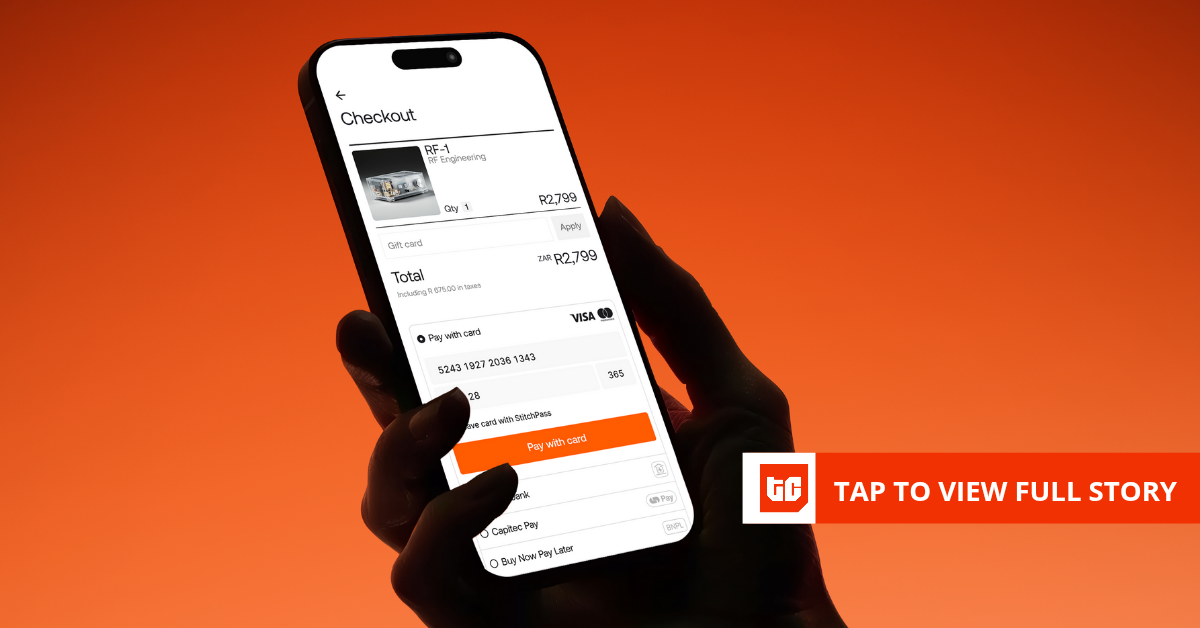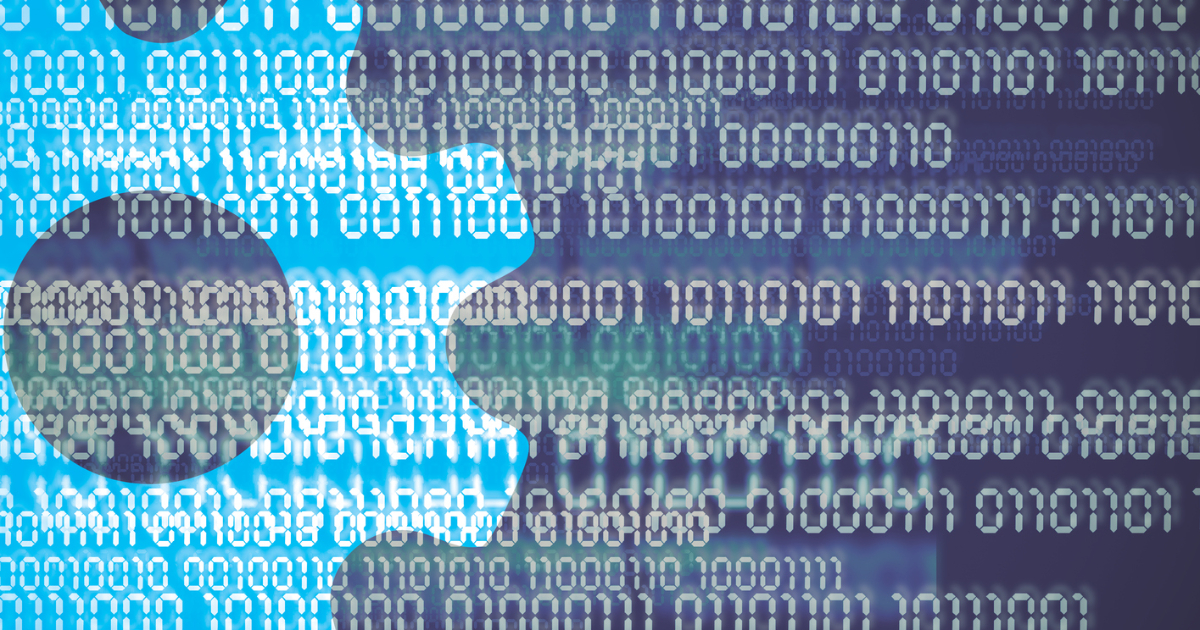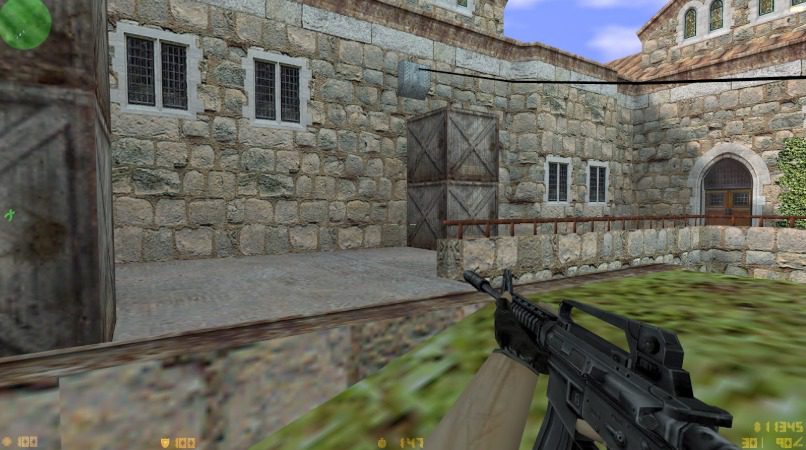On July 7, a major fire broke out at Egypt’s Ramses Central data centre, a key telecom facility operated by Telecom Egypt, the state-owned telecom company, in Cairo. In a fatal unfolding of events, the fire killed four people and injured 27 others.
Between the lines: The Ramses data centre is a critical infrastructure for Egypt’s banking and telecom companies. It stored and carried data for the majority of the country’s top telcos, including Vodafone, Orange, WE, and e&. As the main hub for internet, mobile, and data services, Ramses kept everything running, from banking and payments to the stock exchange, government services, and even airports.
So when it went down, the effects were felt across the country. The fire incident showed how risky it is to depend so much on one facility:
- The Egyptian Exchange (EGX) had to stop trading for a day.
- Phone and internet outages left millions cut off from calls, online access, and digital payments.
- Banks, ATMs, and fintech apps stopped working, and long lines formed at branches as e-banking went dark.
- Emergency hotlines and some airport operations were also hit.
Catch up: After the incident, officials quickly shifted their data traffic to other data centres. As of yesterday, most telecom and internet services were back to 95% of normal levels outside the affected area, and the EGX reopened. The Central Bank of Egypt (CBE) raised cash withdrawal limits for individuals and businesses from EGP 250,000 ($5,000) to EGP 500,000 ($10,000) to ease pressure, and the government promised support for affected users. Repairs near Ramses are still ongoing, with full recovery expected soon.
Zoom out: This fire is a warning for Egypt and the wider region. Data centres are the backbone of today’s economy; when one fails, everything else can grind to a halt. The Ramses fire makes it clear that Egypt needs stronger backup systems, better emergency plans, and more investment in spreading out its digital infrastructure.










